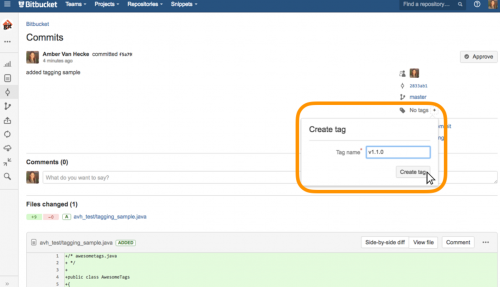Immutable infrastructure is a very powerful concept that brings stability, efficiency, and fidelity to your applications through automation and the use of successful patterns from programming. The general idea is that you never make changes to running infrastructure. Instead, you ensure that all infrastructure is created through automation, and to make a change, you simply create a new version of the infrastructure, and destroy the old one.
“Immutable Infrastructure with AWS and Ansible” is a, so far, three part article series (part 1, part 2, part 3), that shows how to use Ansible to achieve an immutable infrastructure on the Amazon Web Services cloud solution.
It covers everything starting from the basic setup of the workstation to execute Ansible playbooks and all the way to AWS security (users, roles, security groups), deployment of resources, and auto-scaling.

